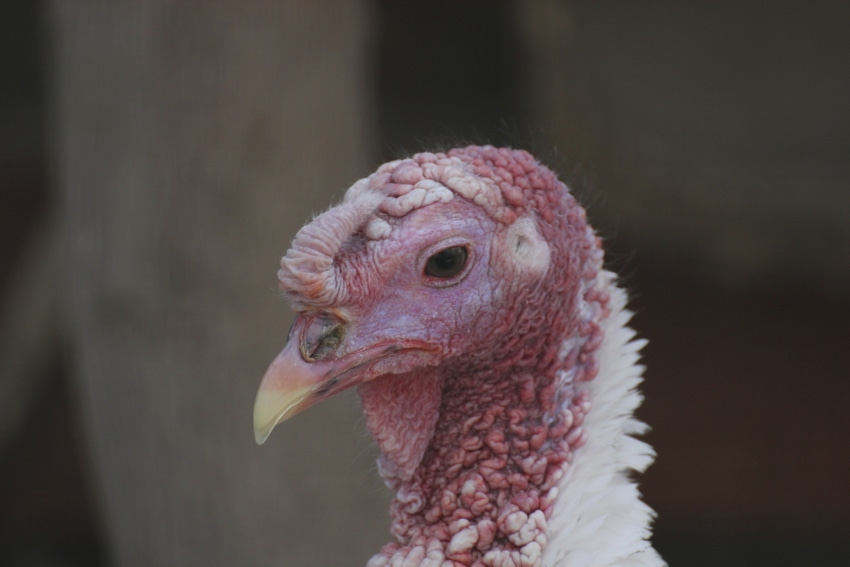Sensors enhance turkey welfare one step at a time
Defining when a turkey takes a step advances use of senors to measure gait scores.
April 23, 2020

Researchers with Wageningen Livestock Research in the Netherlands have been able to define when a turkey takes a step, which is an important milestone to automating gait scoring by sensors.
Wageningen noted that locomotion is an important indicator of animal welfare, so if gait scores are based on sensor data, breeding programs are able to better select animals with the best locomotion, which will enhance animal welfare.
Gait scores are determined by trained experts who examine the animals one by one in a laborious and time-consuming process. Sensors have the potential to automatically register a number of characteristics that underlie the experts' gait scores, Wageningen said. Sensors have the advantage that they can measure repeatedly and, thus, follow the scores from day to day.
Step detection. In this study by the Breed4Food consortium, turkeys from Hendrix Genetics were equipped with advanced accelerometers. The sensors produced information about the turkey's speed and orientation. The researchers were able to determine the start and end times of a step with "machine learning," Wageningen said in its announcement.
This step detection model enables fast and accurate step detection in large data sets. Researchers now want to determine the characteristics of each step to predict the turkey's running scores.
The results were published in a special issue of Frontiers Genetics: High-Throughput Phenotyping in the Genomic Improvement of Livestock. The paper by Bouwman et al. is "Automated Step Detection in Inertial Measurement Unit Data from Turkeys." This work was done within Breed4Food in close collaboration with Hendrix Genetics (Boxmeer, Netherlands) and students from the Jheronimus Academy of Data Science.
You May Also Like



